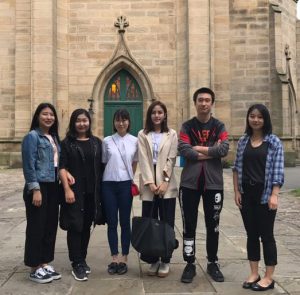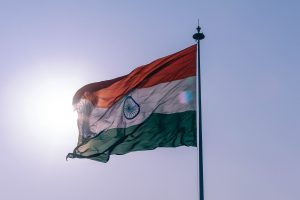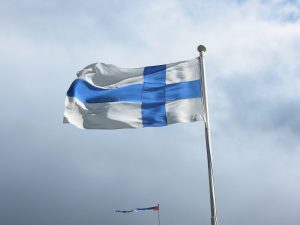 This award has been created to recognise outstanding work produced by students studying MA Global Journalism at the Department of Journalism Studies. For the 2016/17 round students were asked to produce in-depth country profiles that analyse the discrepancy between constitutional provisions and legal frameworks guaranteeing freedom of expression and media freedom and the reality of the journalistic environment in a specific country.
This award has been created to recognise outstanding work produced by students studying MA Global Journalism at the Department of Journalism Studies. For the 2016/17 round students were asked to produce in-depth country profiles that analyse the discrepancy between constitutional provisions and legal frameworks guaranteeing freedom of expression and media freedom and the reality of the journalistic environment in a specific country.
The winning case studies represent excellent analyses and show a deep understanding of how media freedom is challenged institutionally, legally, economically, socially, culturally or politically in India and Poland.
If you wish to cite this work please cite the authors, the title, that it is a student project and the website URL.
Current challenges to media freedom in India
Sang Ah Lee, Matthis Claudel, Ibaa Alburai and Qiaoyan Tian
 The Media Environment in India: An Overview
The Media Environment in India: An Overview
Indian Prime Minister Narendra Modi’s visit to the United Kingdom in 2015 underlined the existence of growing tensions within the subcontinent. Although the core purpose of his visit was meant to improve bonds between India and the United Kingdom, former UK Prime Minister David Cameron and British journalists, according to the Telegraph, seized the opportunity to ask a few pointed questions (Zhong, 2015). And of course, the matter of freedom of speech was one of the most crucial thereof.
The Constitution protects media freedom in article 19(1) saying, ‘all citizens shall have the right (a) to freedom of speech and expression’. Despite this legal provision, India was ranked 133rd out of 180 countries in the 2016 World Press Freedom Index by Reporters without Borders (2016a). We thus find ourselves legitimately questioning why a country endowed with a democratic Constitution struggles to enforce its most basic values.
Student Comp 2016-17 Final India case study
Current challenges to media freedom in Poland
by Yifei Yao, Lixiong Chen , Bowen Kou, Di Wu, Luming Hao, Yinghua Wu
 The Media Environment in Poland: An Overview
The Media Environment in Poland: An Overview
The Republic of Poland is an Eastern European country with 16 provinces and a population of over 38 million people with Warsaw as its capital. Poland is a post-communist country. Its democratic system was established in 1989 and Polish politics are shaped by a coalition-based multi-party system (BBC News 2016). The Polish system of government is based on the principle that there is separation and balance between legislative, executive, and judicial powers. The legislative power is held by the Sejm (the lower house of Parliament) and the Senate (the upper house of Parliament), the executive power is vested in the President and the Council of Ministers, and the judicial power is vested in courts and tribunals (The Official Website of the President of Poland n.d.). Officially renamed the Republic of Poland in January 1990, Poland is now a developed capitalist country and a member state of the European Union (EU) since 2005.
The country’s public TV broadcaster Telewizja Polska (TVP) S.A. dominates the market with a combined audience share of its channels accounting for more than half of the total TV audience share in Poland (Lara 2009). This indicates that the public media in Poland plays an important role in conveying information and social values to the public. Therefore, ensuring a free media environment in Poland is of significant importance.
